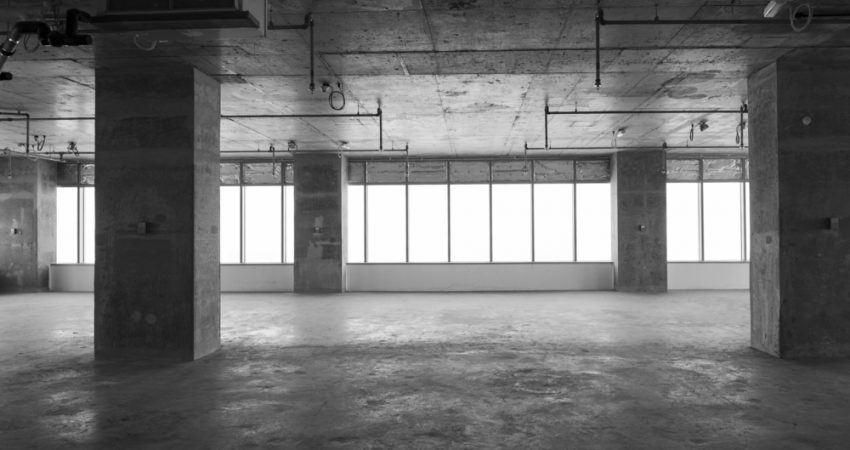The UK construction slump continued during March as a modest upturn in residential building failed to offset the fall in commercial and civil engineering activity and Brexit uncertainty, according to the IHS Markit/CIPS UK Construction PMI.
Subdued underlying demand and delays to decision-making among clients meant new business and employment numbers increased only slightly at the end of the first quarter.
The overall construction index figure for March rose to 49.7, up fractionally from 49.5 in February but still below the 50.0 figure, which reflects no change.
While the decline in March was slight, it was the first back-to-back fall in output levels since August 2016.
Duncan Brock, CIPS Group Director said: “The situation in the UK construction sector was broadly unchanged from February, with PMI data posting a second consecutive month in contraction. The fault of this continuing inertia was placed squarely at the feet of Brexit.
“Not a small rise in job creation, optimism and new orders, nor resilient house building, were enough to buck the underlying downward trend in a sector suffering from client hesitation and consumer gloom.”
The worst performance was seen in commercial construction, where business activity dropped to the greatest extent since March 2018. Brexit uncertainty and concerns about the domestic economic outlook were blamed for a sense of risk aversion among clients. Civil engineering activity also fell in March, at a slower rate than February.
The high point of the latest PMI was residential building, which bucked the downward trend across the wider construction sector. The upturn in housing activity was modest, but the strongest seen so far in 2019.
UK construction companies also saw a marginal increase in new work received, with the rate of expansion remaining slow in comparison to the long-running survey’s average. Respondents also noted intense competition for new work and a reluctance among clients to commit to major spending decisions. A modest rise was also seen in staffing levels at UK construction companies.
Purchasing activity was boosted by some firms adding to inventories in Brexit preparation. At the same time, suppliers’ delivery times lengthened markedly – something survey respondents blamed on low stocks and stretched vendor capacity.
Intense competition from other sectors, with the stockpiling of supplies increasing delivery times again and creating raw material shortages, had added to the pressures, said Brock.
“Given the lack of warehousing space in the UK and the difficulties of storing bulky items, it is evident the sector has pressed the panic button in its attempt to keep projects moving during the political impasse,” he said.
Warehouses in the UK are full and large premiums are being paid for any space left, said CIPS economist John Glen. “New supply is unlikely to be created as developers are reluctant to build speculative spaces and clients will not sign up to five year or more deals on the basis of hedging on a Brexit risk.”
Cost burdens increased at a faster pace during March when the rate of input price inflation was the fastest seen since November 2018. The weak sterling exchange rate and, in some cases, shortages of available items among regular suppliers took the blame for higher raw material costs.
Business optimism increased marginally from the four-month low seen during February but remained much weaker than the long-term survey average.
Several construction companies noted that economic and political uncertainty was weighing on business expectations for the next 12 months. Brock said: “It is unlikely that next month will bring about any positive news given the challenges of a weaker UK economy, volatile pound and intense competition for new orders, as Brexit continues to cast a long shadow over the sector’s future.”
Image: Shutterstock





